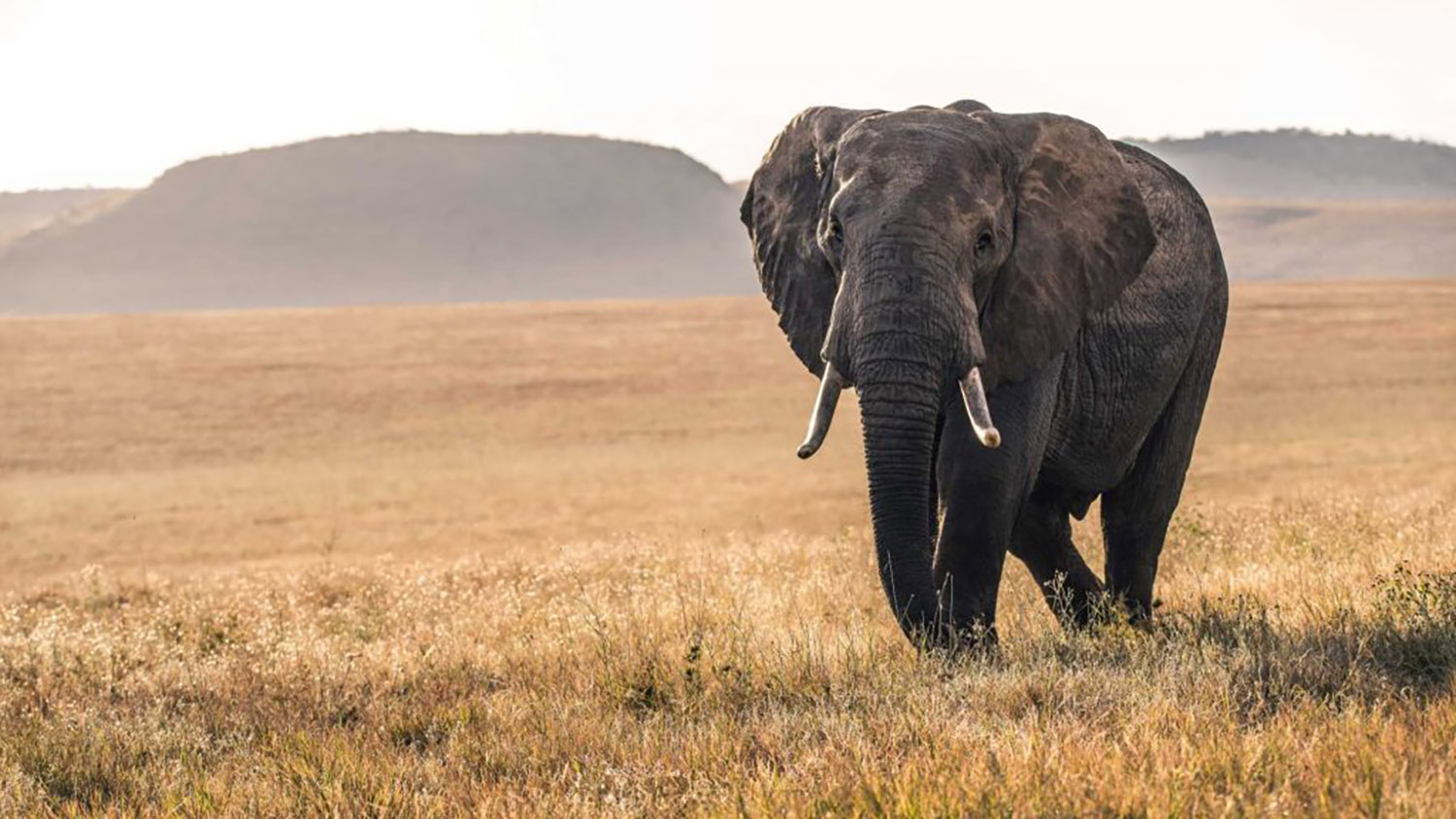
The ultimate guide to taking photographs of elephants
The elephant is the largest land mammal. They live in a matriarchal society and are extremely intelligent. Their big brains have often been exploited by circuses and tourist sites that offer elephant riding. It is important to photograph elephants so that we can inspire a love and determination to protect these gentle giants. Take a photograph of an elephant!
The ivory trade has made elephants hot topics for poachers. We must do all we can to spread a passion for these animals so that they will be ferociously protected by the population at large, and hopefully persuade an ivory buyer to reconsider. Take and share many photographs of elephants I implore you!
Here is my advice to set you up for the perfect photograph of an elephant
- Bring your telephoto with you, although these subjects are large you may be quite a distance away from them. Also their wrinkles look great in pictures (They are so lucky).
- Golden hour is great for elephant photography like with other wildlife. Unlike other animals though the elephants will seek out water in the heat of the day. Elephants love water, and yes they can swim, they usually stick to splashing around and being social.
- If you happen to be shooting from a vehicle then take a bean cushion to balance your camera to get a crisp shot.
- Keep the sun behind you to catch the sunlight in the eye of your subject. Elephants have dramatically long eyelashes that beg to be photographed.
- Keep your shutter speed fast as your gear will allow without detracting from the image. At least 1/100th of a second when you are taking photos of elephants moving.
- Mix it up between close ups of the elephant and photographs of him or her interacting with the environment. Incorporating the elephants surroundings into the picture can add interest to your photograph. But those zoomed shots show the texture of his wrinkly skin.
- Take a page out of the elephants book and be patient, they are generally relaxed and do slowly graze for a while but don’t lose hope your shot will come and it will be worth it.
- Think about how your photograph of an elephant is different or special and enhance that feature.
- The things people most like to see of elephants are family bonding moments, their trunks in precarious positions, babies, skin texture, their big bums, their ears and photos that put a heavy, clear emphasis on the eye.
Download FREE eBook featuring 40 proven fundraising techniques to finance your next overseas experiential adventure
Some behavioral cues of elephants
- Beware if you see an elephant flapping its ears. The whole gesture is very clearly a warning sign. If they are facing you while flapping their ears it is a warning that you should increase the distance between yourself and the elephant calmly yet urgently.
- Elephants do not appreciate flash photography so try to avoid using flash, rely on the Sunny South African sky to illuminate your shot. They do startle and you don’t want to put yourself, or the animal, in harms way because your flash caused an elephant to charge.
- Male elephants in musth have elevated levels of testosterone. They will be more aggressive so approach with respect and caution. Clues of musth include head shaking, tusk elevation, a stream of urine and a secretion of an oily substance from infront of their ears. They will also try to take on other males.
- Elephants like to “dust” themselves to protect their skin from the sun and insects. Hints that they are going to be “dusting” are softening and kicking sand up.
- They like to play in mud for the same reason.
- If there is a baby around the whole herd will touch and check on it, these moments can be very tender so stand at the ready to capture them.
- Bull elephants are usually lone rangers, leaving their herds at about 12 years of age when they reach sexual maturity.
- When a cow is about to give birth the rest of the family will surround her and immediately attend to the baby once born.
- Males enjoy testing their strength by pushing trees over from time to time.
Use there cues to time your shots and you are sure to be delighted with the results. Elephants, although they look nothing like us inspire anthropomorphism on a whole other level.
We often visit Indalu Game Reserve with our students for an intimate experience with the resident elephants (and photogenic ostrich). They DO NOT offer elephant riding, contributing to positive eco-tourism. An awesome place to take a photograph of an elephant.
Don’t forget your sunscreen and water bottle.
Check out my other posts about photographing a lion, part of my whole big 5 series.
Happy clicking!

Blogger Profile - Robyn Green
Robyn brings with her a serious passion for people and animals alike. She also teaches a workshop called Social Media and the Independent artist. The workshop is aimed at helping freelance photographers, writers and film makers build their online presence.
Kickstart your wildlife media career!
Find your perfect wildlife media speciality program




